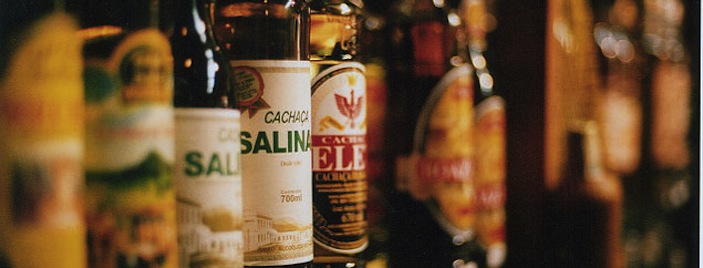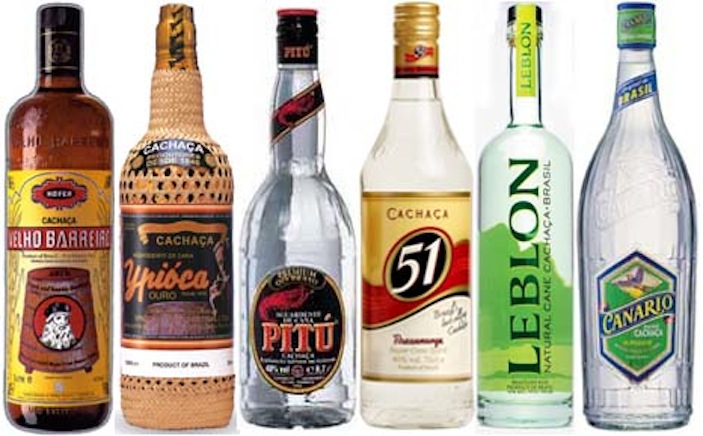IDdubai: Loser’s Paradise!
I’m going to get into a lot of trouble with this post, but as the aim of Initial Descent is to offer a true glimpse into every culture, I can’t mince words. To put it simply, if you are a guy who has trouble with personality, you lack personal style, you’re a little on the chubby side without charm to compensate, or struggle with the opposite sex for any other reason, then Dubai is the place for you. The men who live in Dubai , though very diverse, all seem to have one thing in common: a girlfriend (or three) who would be way out of their league in their country of origin.
See, Dubai (along with counterparts Abu Dhabi, Doha and to some extent, virtually every other major Middle Eastern city for which this post would also apply) is a transitional place for most. It is a place people, mostly men, come from far and wide to make more money than they are probably worth, live a higher class lifestyle than they are probably accustomed to, flirt with more beautiful girls than they would be capable of meeting anywhere else, and ultimately return to their home countries a few years later—with more wealth and more notches on the bedpost. Oh, and in some cases a wife who, as referenced above, would otherwise be out of their league.
On the flip side, Dubai is full of women who come to follow dreams—specifically, in the tourism industry. While not many men do, there are women all over the world who dream of becoming a flight attendant, which in many cultures is considered to be among the more glamorous jobs, or working in an international hotel. Often, it is a dream that has lingered since childhood, influenced by visions of seeing Paris, New York and Rome—and getting paid for it. This is quite convenient for the men of Dubai (including those male flight attendants who seem to have figured the “fringe benefits” of the job out), as the city happens to be home to one of the largest and fastest-growing airlines in the world. And, having worked for one before, I’d be remiss to say that physical appearance is not one of the critical criteria that goes into the hiring decisions of most Middle Eastern airlines. On top of the thousands of girls Emirates employs, there are the countless hotel and other tourism staff, who have jobs that constitute the next best thing (to flying) for most.
While the simple concentration of attractive women here is the main factor working in men’s favor, the other major piece of the puzzle is that, inevitably, everyone who moves to Dubai for work—thousands of miles away from home for most—gets lonely. No matter where you are from, there is a culture shock, and not many comforts of home. And when loneliness sets in, and we don’t have our closest friends or family to cuddle up with, it’s human nature that we simply are drawn to another warm body to help distract us from our loneliness. Apply this homesickness to the beautiful women here, who often see the men that chase them around as “comfort zones” that happen to be in Dubai when they need someone in Dubai, and typical evaluation processes take a back seat. The women become attached emotionally; the men seem to be much more motivated by other factors, and usually the result isn’t pretty. But where else on earth do situations exist where men are actually treating women who are actually above their league as completely disposable? This is one of the more amazing elements of expatriate culture here. And yes, as with anything in life, there are exceptions to the general observations expressed in this post.
While there certainly are beautiful people of both genders in Dubai, much more of these happen to be of the female gender, many of whom are lonely, missing home, and looking for emotional support. Do the math, and it means that no matter what a guy may or may not have to offer, he more than likely has a model-looking girl on his arm.
.jpg)























